Earth’s final total solar eclipse will happen in less than a billion years

More than 90% of the eclipses to ever happen on Earth have already occurred. Don’t miss the next one!
“We live in a moment of history where change is so speeded up that we begin to see the present only when it is already disappearing.” –R. D. Laing
Throughout all of human history, when the new Moon passed directly between the Earth and the Sun, one of three things have happened. Either we’ve gotten a total solar eclipse, where the Moon is close enough to Earth to have its shadow fall on it; an annular eclipse, where the Moon is too far from Earth and its shadow ends before it reaches our planet; or a hybrid eclipse, where sunrise/sunset observers see an annular eclipse and midday observers see a total eclipse, with the ~4,000 mile (~6,000 km) disparity in the Earth-Moon distance making all the difference. Only about 40% of solar eclipses are total eclipses these days, but that ratio is much smaller than it used to be. Moreover, the Moon continues to migrate away from the Earth, meaning our planet’s final moment of totality will come in just 650 million years.
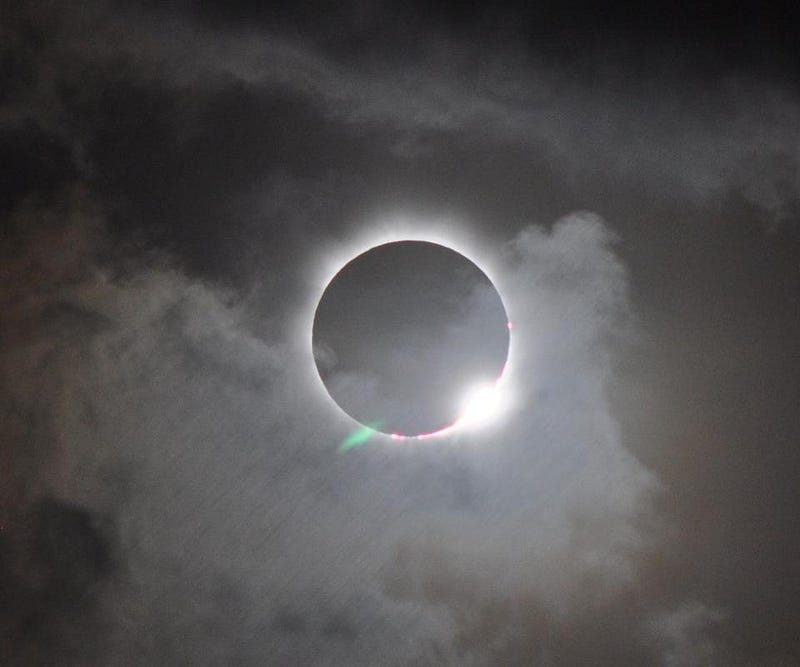
About twice a year, the Moon appears to pass in front of the Sun, giving rise to a partial solar eclipse if the alignment is imperfect, but leading to either a total or annular solar eclipse if the Earth, Moon and Sun all form a straight line in space. It’s only by chance that the Moon and the Sun each take up approximately half-a-degree on the sky as seen from Earth’s surface, something that wasn’t true in the past and won’t be true in the future.
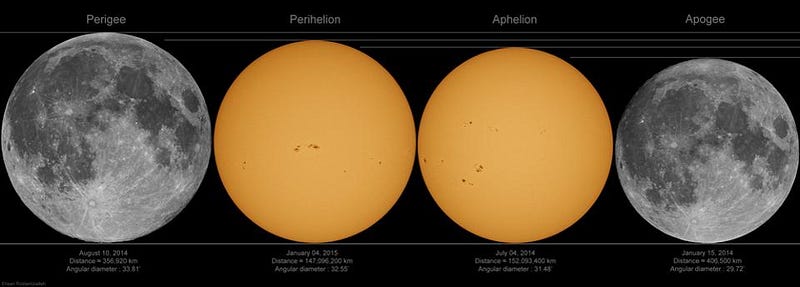
Because both the Earth’s orbit around the Sun and the Moon’s orbit around the Earth are ellipses rather than circles, sometimes the Moon appears larger than the Sun, casting its shadow all the way down to Earth’s surface, while at other times the Sun appears bigger, with the Moon unable to completely cover the solar disk.
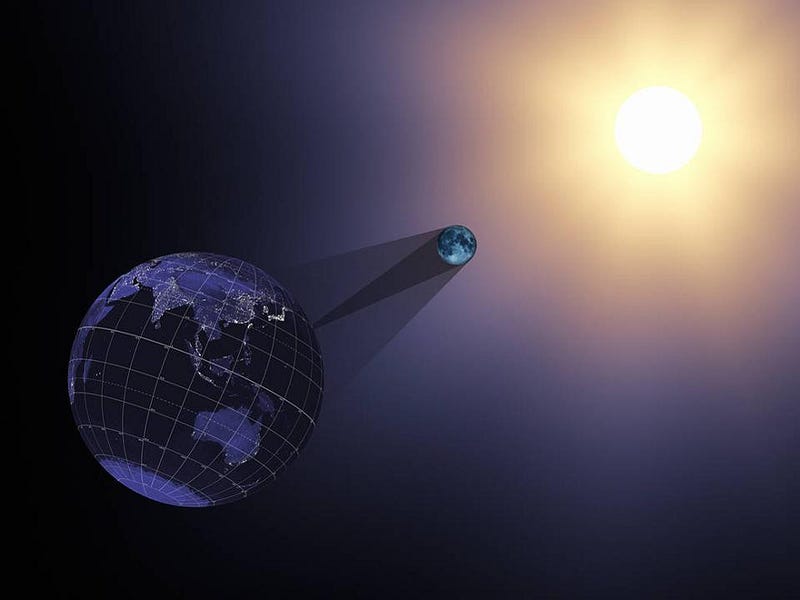
Back when the Moon first formed, it was much closer to the Earth, while our planet spun much more rapidly. Just like a spinning tire slows down slightly when you touch your finger to it, the Moon — thanks to the tidal forces it exerts on the spinning Earth — has caused our day to lengthen considerably over the history of the Solar System. Modern measurements teach us that with each year that goes by, it takes an extra 14 microseconds for the Earth to complete its daily rotation. This is why we add a “leap second” to catch up every 18 months. It’s a very slow process, but one that incrementally builds upon itself.
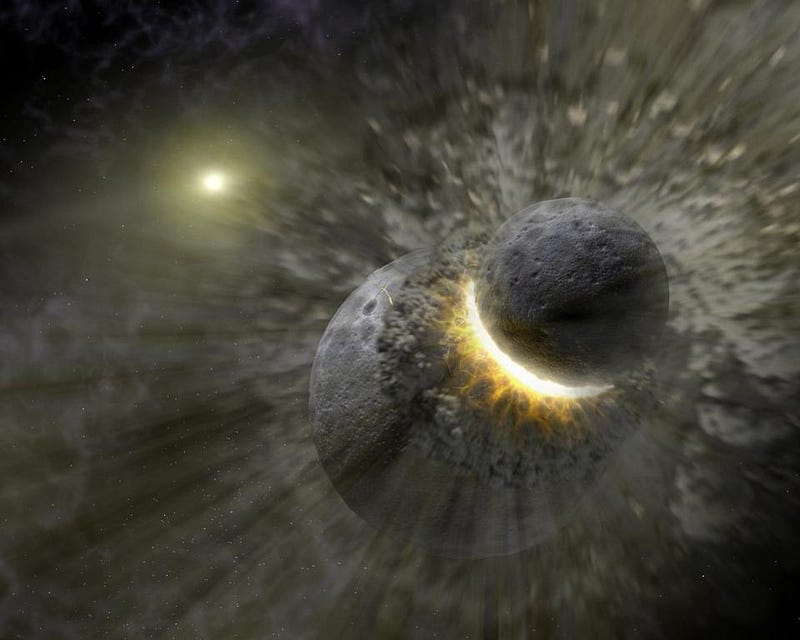
Over geological times, this really adds up! If we go back to the daily patterns left in the soil from the tides — known as tidal rhythmites — we can calculate what the period of Earth’s rotation was from it. If we look at the most ancient one we know of on Earth, from 620 million years ago, we find that a day back then was a little under 22 hours long!
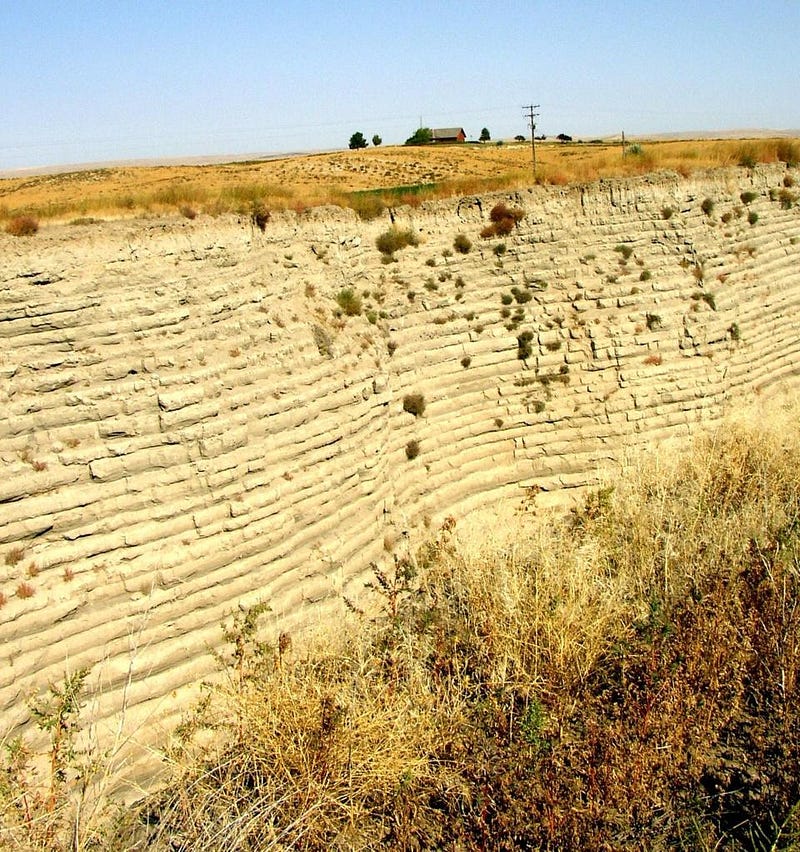
If you extrapolate this tidal braking back to when the Earth was first formed, 4.5 billion years ago, you’ll find that a day was originally only around 23,000 seconds, or six-and-a-half hours! Some four billion years ago, a “day” on Earth lasted barely 25% as long as the 24 hour day we know at present. So over time, the Earth has lost angular momentum due to the tidal friction of the Moon.
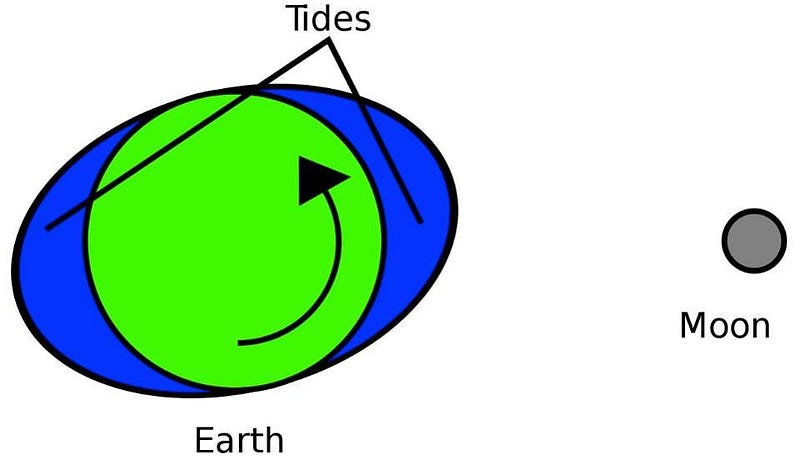
But there’s a law of nature — a quantity that’s conserved — that tells us if Earth’s rotation is slowing down, something else needs to happen to compensate for it. That law is the conservation of angular momentum, and the thing that compensates is that as the Earth’s spin slows down, the Moon spirals farther and farther out from Earth! And the farther away the Moon gets, the smaller its angular size, and thus the smaller it appears in the sky. As time goes on, more and more of the solar eclipses will be annular rather than total, as the Moon’s size will appear insufficient to block out the Sun.
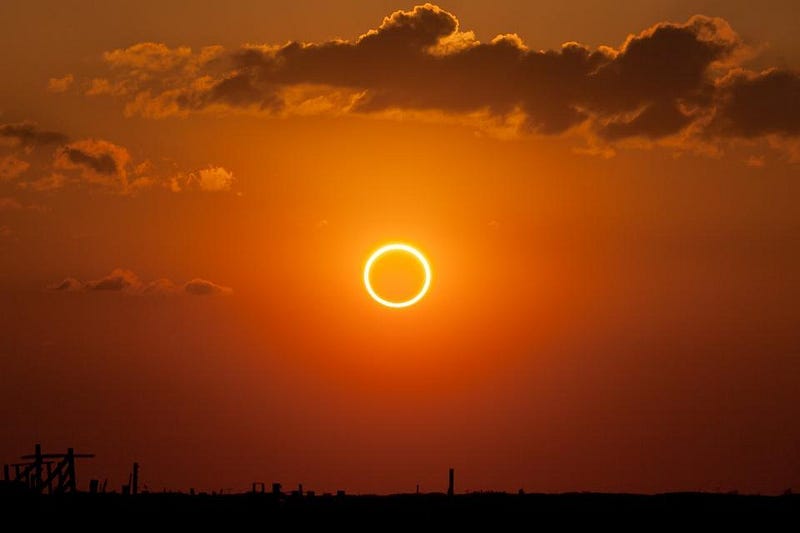
On the timescale of a year, you can’t even notice the increased distance with sophisticated laser lunar ranging: the difference in the Moon’s orbit is mere centimeters-per-year. But over long periods of time, this adds up significantly. Approximately 570 million years from now, the very last total solar eclipse will occur, and after another ~80 million years, the last hybrid eclipse will occur. That will be the last time any portion of Earth finds itself bathed in the shadow of the Moon. Beyond that point, the Moon will no longer be close enough to Earth at any point in its orbit to have its shadow fall on our surface. From that moment onward, the only way to see a total solar eclipse will be to take to the skies, or to soar in space itself, where we can find ourselves in the Moon’s shadow once again.
We may have had roughly three billion total solar eclipses on Earth so far, but that’s more than 90% of all the darkness-bringing eclipses our planet will ever see. After another 650 million years, the Sun will always appear larger in the sky, even at aphelion, than the closest, largest new Moon will ever be. Appreciate the unique natural sights that the world has to offer today, because all things, in time, will pass away. Solar eclipses are slowly disappearing, and there’s nothing we can do to stop it.
Ethan Siegel is the author of Beyond the Galaxy and Treknology. You can pre-order his third book, currently in development: the Encyclopaedia Cosmologica.





